How PRP Injections Can Ease & Manage Chronic Pain
Living with chronic pain can be tough. It can make simple daily tasks feel impossible. Finding the right treatment to ease the pain is important. One option gaining attention is PRP injections. PRP stands for Platelet-Rich Plasma. These injections provide a new way to handle pain without using opioids.
PRP injections use your body's own blood to help heal damaged tissues. During the procedure, a small amount of your blood is drawn and put into a machine called a centrifuge. This machine spins the blood to separate the platelets. The platelets are then injected into the painful area, helping to reduce pain and improve healing.
At Palomar Spine & Pain, we understand the need for effective and safe pain management options. PRP injections offer a way to manage pain without relying on drugs. They can be used for conditions like arthritis, sports injuries, and more. When combined with physical therapy, the results can be very effective.
PRP Injections: A New Hope for Chronic Pain
PRP (Platelet-Rich Plasma) injections are a promising treatment for chronic pain. They use the body's own blood to promote healing. PRP injections are created by drawing a small amount of blood from the patient. This blood is then put into a centrifuge. The centrifuge spins the blood to separate the platelets from the rest of the blood. These concentrated platelets are then injected into the area of pain.
These injections are used in pain management because they help heal damaged tissues. The platelets have growth factors that promote tissue repair. When injected into the painful area, they help reduce inflammation and encourage the body to heal itself. This can be very helpful for people with conditions like arthritis, tendon injuries, and muscle strains.
By promoting healing, PRP injections can provide long-lasting relief from chronic pain. This is especially helpful for patients looking for non-opioid treatment options. PRP injections work with the body's natural processes to boost recovery. This lessens the need for medication and can lead to better overall outcomes.
Benefits of PRP Injections
There are many benefits of PRP injections for managing chronic pain. Here are some of the most common advantages:
Reduced Pain: PRP injections can help lessen pain in areas like joints, tendons, and muscles.
Improved Mobility: By healing damaged tissues, PRP can help improve movement and flexibility.
Faster Recovery: PRP uses the body’s own healing processes, so recovery can be quicker than other treatments.
Compared to other treatment options, PRP injections stand out. Many traditional methods focus on reducing symptoms rather than addressing the root cause. For example, pain medications might provide temporary relief but do not promote healing. Surgery can be invasive and requires a long recovery time. PRP injections, on the other hand, work to heal the damaged area from within.
Another important benefit is that PRP injections are a non-opioid treatment. Opioids can be effective for pain relief but come with risks like addiction and side effects. PRP provides a safer alternative that is less likely to cause these issues. This makes it a good option for patients seeking long-term pain relief.
What to Expect During a PRP Injection Procedure
Understanding what to expect during a PRP injection procedure can help ease any anxiety. Here is a step-by-step guide:
Preparation: Your doctor will draw a small amount of blood from your arm, usually similar to a routine blood test.
Centrifuge: The blood sample is placed into a centrifuge. This machine spins the sample to separate the platelets from other blood components.
Injection: The concentrated platelets are then injected into the area causing pain. Your doctor will use a fluoroscopy machine to guide the injection to the precise spot.
Before the procedure, your doctor will likely review your medical history and conduct any necessary tests. During the injection, you may feel some discomfort, but it is usually minimal. After the procedure, you might experience some soreness at the injection site, which typically goes away within a few days.
Recovery time can vary. Many patients start to feel relief within a few weeks. Side effects are usually mild and may include slight swelling or bruising at the injection site. Your doctor will provide detailed aftercare instructions to help you recover effectively.
Enhancing PRP Treatment with Physical Therapy
Combining PRP treatment with physical therapy can enhance the results. Physical therapy helps to strengthen the muscles around the treated area, improving overall function.
Here are some physical therapy exercises that can complement PRP treatment:
Stretching: Gentle stretches help to maintain flexibility and reduce stiffness.
Strengthening: Building muscle strength supports the healing process and can prevent future injuries.
Low-impact activities: Exercises like swimming or cycling are easy on the joints and help improve overall mobility.
To get the most out of both treatments, follow these tips:
Stick to your physical therapy routine as advised by your therapist.
Communicate with both your therapist and doctor about any pain or progress.
Stay hydrated and maintain a healthy diet to support tissue healing.
Conclusion
PRP injections offer a promising way to manage chronic pain. They use your body's own healing processes to reduce pain and improve function. When combined with physical therapy, the benefits can be even greater. Understanding the procedure and following aftercare can help improve outcomes.
At Palomar Spine & Pain, we are committed to providing effective pain management solutions. If you're seeking relief from chronic pain, consider our PRP therapy in Escondido. For more information or to schedule a consultation, contact Palomar Spine & Pain today. Find the relief you deserve.
